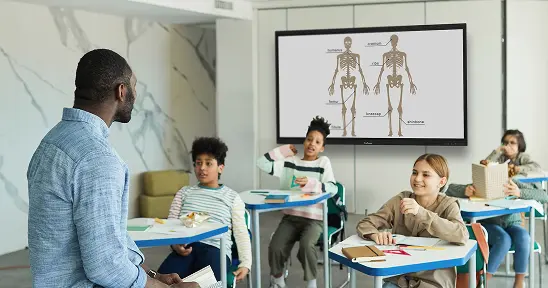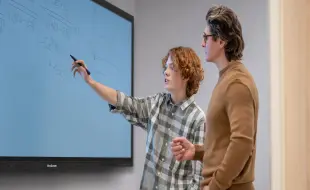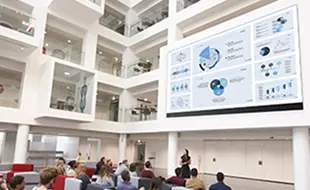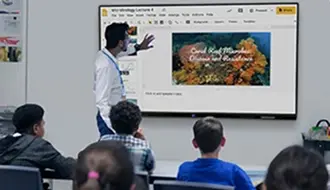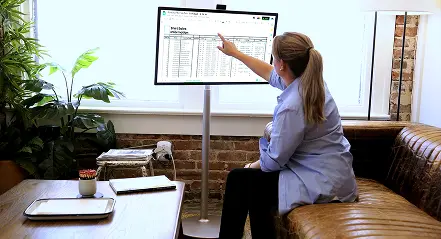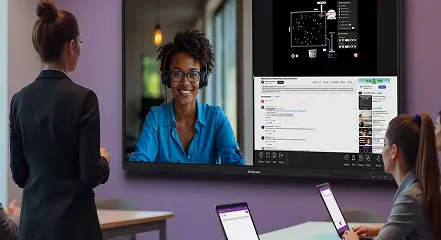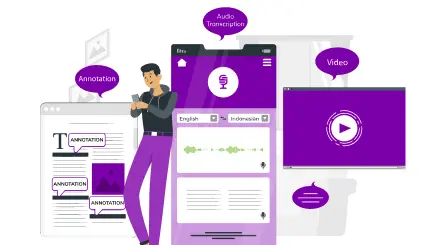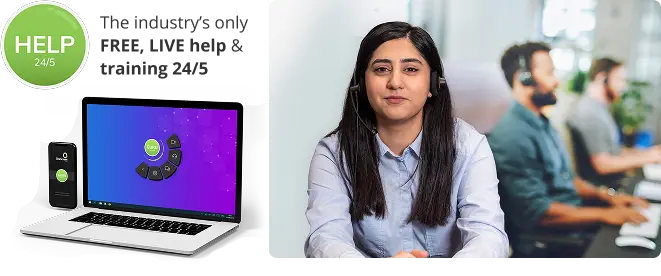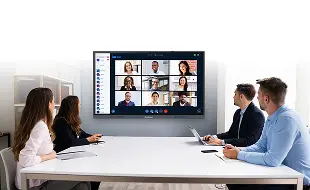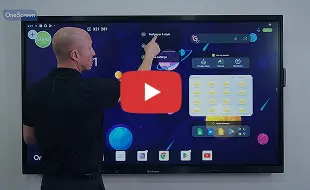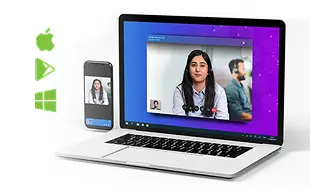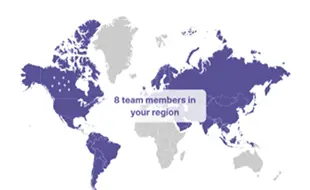
Superintendent’s Proactive Tips
It’s easy to lose track of the big picture as you deal with daily crisis management. Many superintendents report that their most urgent tasks are rarely their most important ones.
Though this trend certainly accelerated over the past two years, it’s been going on for some time. In a survey in EdWeek, 95% of superintendents said that their work has steadily grown more difficult since 2012.
In our own research, highly effective superintendents report that best way to balance immediate pressures with proactive solutions is through creative organization. That has looked quite different for each school, but what these leaders share is one factor: time specifically set aside each week to handle long-term strategy.
These strategic sessions often break down into brainstorming around 3 critical How’s:
- How can I enable my team to take on more responsibilities?
- How do I reduce stress in the environment for everyone?
- How will my technology take on more of the heavy lifting?
These are big questions, but they should be treated like urgent fires to be put out, just like a lost ID badge or an angry phone call from a parent. Answers to these questions are, in fact, far more important in the smooth operations of the school and can prevent fires from breaking out in the first place.
Take a closer look at what each question is meant to achieve.
How can I enable my team to take on more responsibilities?
There is a finite limit on how many hours you can devote to the school, how many places you can be at one time and how many problems you can solve in a day. All three of those numbers increase dramatically when you can successfully delegate what absolutely must get done.
You can’t make people want to be more responsible but you can show them what proactive management allows you to do. The more effective you are, the more teachers and staff will want to know your secret. It really isn’t a secret but it is easy to forget as deadlines loom and there always seems to be another crisis. The secret is that organization itself prevents emergencies and the key to staying organized is a dedicated time slot for proactive planning.
A study by the Wallace Foundation on high-performance schools revealed that effective school leadership is the single most important factor after teacher excellence in determining how well students learn material and perform in standardize testing.
The Wallace study concluded, “Finally, while principals and district leaders continue to exercise more influence than others in all schools, they do not lose influence as others gain it. Influence does not come in fixed quantities. Influential leaders wishing to retain their influence may share leadership confidently.”
How to Reduce Stress in the School Environment
Stress, not the love of money, may be the root of all evil. For 77% of people surveyed, stress affected their physical health and 73% said it impacted their mental health, according to The American Institute of Stress. The National Institute of Health reported that stress impairs decision-making and increases the likelihood of dangerous behaviors.
Yet stress reduction is rarely listed among the expectations of superintendents compiled by school boards and leadership committees. That is a mistake. Now more than ever, taking down the level of stress in schools should be on the top of everyone’s list.
EdWeek interviewed principals and superintendents to find out how they were coping with stress and came up with some valuable peer-to-peer advice, such as:
- Build time in your schedule to decompress and prepare between meetings
- Reduce the number of formal observations, replace with informal feedback
- Educate the whole child, address stressors like racism and inequality as a community
- Develop your own professional network and share stories
Stress used to be a status symbol. Now it’s an indication of pathology.
How will all my technology work together to eliminate bottlenecks?
Each technology a school deploys is meant to solve a specific issue, but when diverse technologies don’t work together, that just generates more problems. Purchasing pathways are part of the problem.
About a third of superintendents and principals are not satisfied with the way their districts evaluate and acquire technology, according to a report by Digital Promise, a non-profit created by Congress to address digital inequality and to drive innovation in education.
Another aspect of this problem may be that teachers simply lack adequate training on the technology they are expected to use. While students are largely “digital natives,” teachers are not and may need recurrent training to get the most value from their tools.
You can also gain insight into more innovative approaches to acquiring affordable EdTech in this white paper on why the way you buy technology matters as much as which technologies you choose.
How OneScreen Collaborates with Superintendents to Become More Efficient
The second words in each of these “How” questions may be all you need. Thinking deeply about the authority you have and the influence you can bring to bear might answer some strategic questions right away. For example, do you really need another staff meeting or can you assign a task leader by email to study the problem and provide a few solutions? Or, what happens if teachers evaluate themselves first and come to you with their impressions about where they should improve?
The captain of the ship doesn’t steer the ship and in most cases, someone else is swabbing the deck. Apply the right resources to the toughest problems and the number one resource to manage is your own time and attention.
Learn more about how OneScreen collaborates with superintendents to overcome their toughest roadblocks.

 EN
EN  US
US  CA
CA  CO
CO  MX
MX  AE
AE  UK
UK  ES
ES  PK
PK 